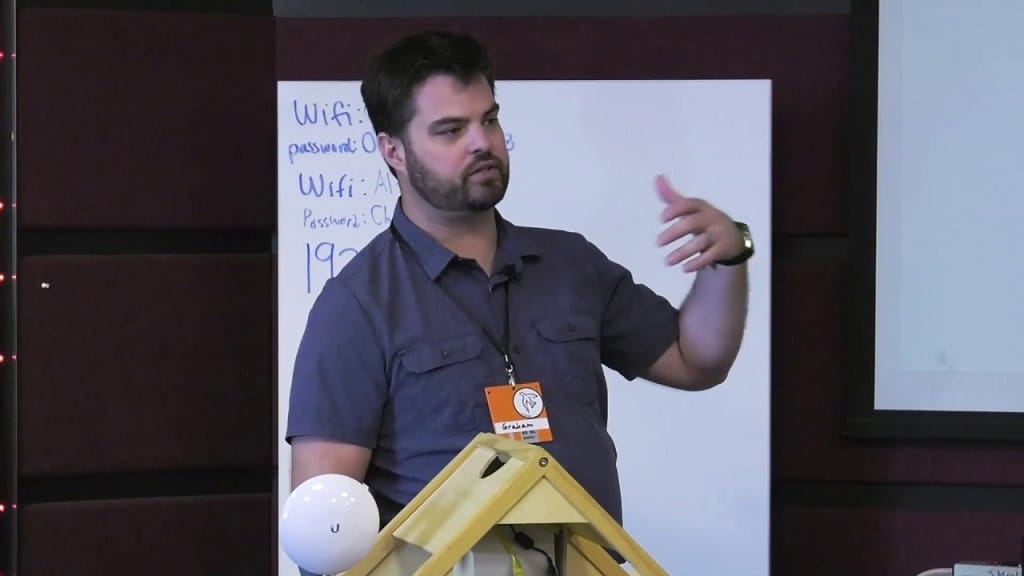Start Your Own ISP Lowers Barrier to Establishing Wireless Internet Service Providers
Start Your Own ISP founder discusses how WISP technology enables rural communities to access broadband.

June 8, 2021–A company that helps wireless internet service providers get off the ground has been integral to getting communities connected during the pandemic.
Graham Castleton founded Start Your Own ISP to educate local communities on how to bring broadband to communities, as education has often been an overlooked aspect of the building process.
“Once the pandemic hit, it reinforced the broadband gap,” Castleton said at Connectivity Con 2021 on Friday. “People could not go to school or go to work. This ramped up interest from people in building something in their community.” Knowing your people need better broadband is half the battle. States and city governments come asking how to meet their constituents’ demands, he said.
A project in Taliaferro, Georgia exemplifies the approach SYOISP takes in bolstering connectivity. With a population of 1700, Taliaferro is one of the poorest, most rural counties in the state.
The Georgia Cyber Center partnered with Start Your Own ISP to figure out how to connect one of the hardest places to reach. In rural areas like Taliaferro, a combination of sparsely populated residences, an abundance of trees, and low economic development make it geographically and financially difficult to connect them to high-speed broadband. Their work establishes an effort to set up wireless access points in rural homes, whose research Graham states will be open access for other localities to replicate.
Castleton spoke about the ways in which WISPs solve connectivity gaps, especially in rural and remote areas. He said that in areas such as in Texas, he saw “people were coming from the town, in a parking lot trying to get Internet outside the library.”
As Graham says, “during the pandemic, schools were closed, but students [went] there, or to McDonald’s trying to get service.” His organization consults localities to add wireless hotspots in public areas such as libraries and main streets, where more users can access WiFi outside of school or work.
While challenges linger in improving access, cases such as that of Taliaferro and in Texas will serve as a model for how to reach those most underserved.








